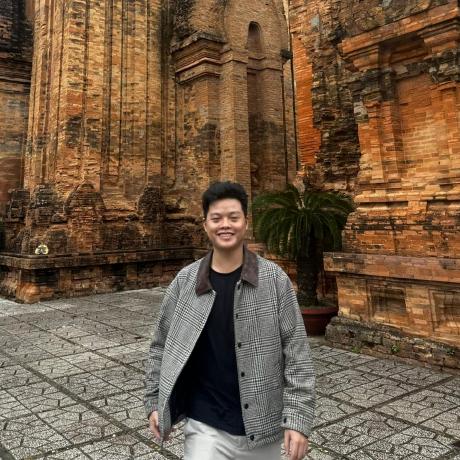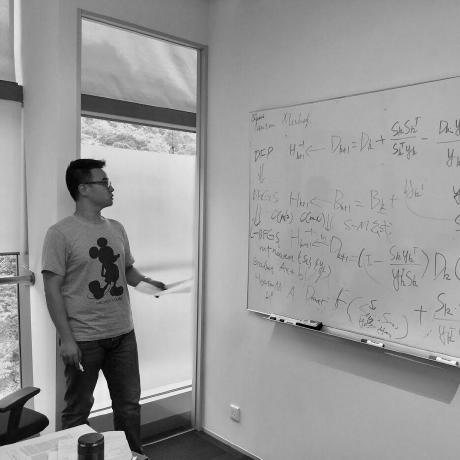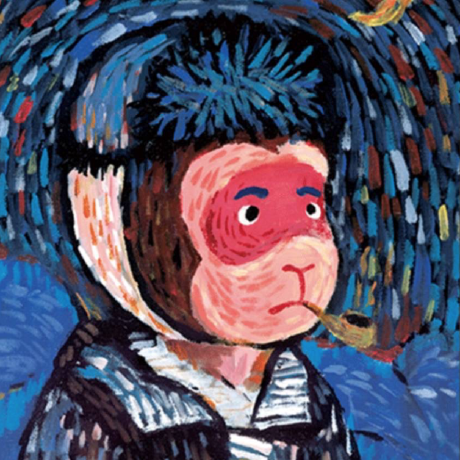Discover and explore top open-source AI tools and projects—updated daily.
XunziALLM by  Xunzi-LLM-of-Chinese-classics
Xunzi-LLM-of-Chinese-classics
LLM for Chinese classics
Top 72.8% on SourcePulse
This project provides a suite of large language models (LLMs) specifically designed for processing and understanding classical Chinese texts. Targeting researchers, linguists, and enthusiasts of Chinese classics, these models offer advanced capabilities for information extraction, translation, and analysis of ancient literature, significantly aiding scholarly work and cultural exploration.
How It Works
The Xunzi series offers both base and chat models, built upon established open-source LLMs like Qwen, ChatGLM3, and Baichuan2. This approach leverages the robust architectures of these foundational models while specializing them for classical Chinese through targeted fine-tuning. This strategy allows for efficient development and provides users with familiar calling methods, similar to their base model counterparts.
Quick Start & Requirements
- API Call Example: Uses the
openaiPython library.from openai import OpenAI openai_api_key = "ANY THING" openai_api_base = "http://xunziallm.njau.edu.cn:21180/v1" client = OpenAI(api_key=openai_api_key, base_url=openai_api_base) chat_response = client.chat.completions.create( model="/home/gpu0/xunzi_web/Xunzi-Qwen1.5-7B_chat", messages=[{"role": "system", "content": "You are a helpful assistant."}, {"role": "user", "content": '...'}] ) print(chat_response.choices[0].message.content) - Prerequisites: Python,
openailibrary. A hosted API endpoint is provided forXunzi-Qwen1.5-7B_chat. - Resources: Specific hardware requirements for self-hosting base models are not detailed but would align with the underlying Qwen/ChatGLM/Baichuan models.
Highlighted Details
- Specialized Capabilities: Includes intelligent indexing, information extraction (people, events, places), poetry generation, high-quality translation, reading comprehension, lexical analysis (word segmentation, POS tagging), and automatic punctuation for classical texts.
- Model Variety: Offers multiple models based on Qwen-7B, ChatGLM3-6B, Baichuan2-7B, Qwen1.5 (4B, 7B, 14B), and Qwen2 (1.5B, 7B), catering to different performance and resource needs.
- Fine-tuning Potential: Base models are available for users to fine-tune with their own datasets for improved performance on specific downstream tasks.
- API Access:
Xunzi-Qwen1.5-7B_chatis accessible via an OpenAI-compatible API.
Maintenance & Community
- Contact: zhaozhixiao@stu.njau.edu.cn for questions.
- Support: Acknowledges ongoing development and welcomes feedback for future improvements.
Licensing & Compatibility
- License: Not explicitly stated in the README.
- Compatibility: Models are designed to be called using methods consistent with their base open-source counterparts (Qwen, ChatGLM3, Baichuan2, Qwen1.5, Qwen2).
Limitations & Caveats
The project acknowledges that models still have room for improvement and may contain unavoidable issues due to data and model complexity. The developers disclaim responsibility for any problems arising from data security, public opinion risks, or misuse of the models. Compliance with China's generative AI regulations is advised.
3 months ago
1 week

 neavo
neavo vndee
vndee jzbjyb
jzbjyb polyrabbit
polyrabbit diasks2
diasks2 nlmatics
nlmatics makcedward
makcedward cltk
cltk dongrixinyu
dongrixinyu chatopera
chatopera crownpku
crownpku fighting41love
fighting41love